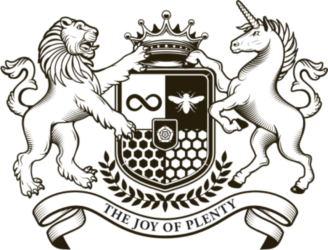The city of Wilsonville appointed me to the planning commission because they knew that I was a horsewoman and that people who are involved with horses tend to have a deep respect for the land. I’ve always loved the country and anything related to growing food: farms, ranches, orchards, vineyards, corn mazes, hay rides, harvest festivals, farmer’s markets, and so on. My earliest memories are of eating dirt in my family’s greenhouse and my father pushing me around the garden in a wheelbarrow overflowing with leaves. I feel a deep connection to Earth, and I am in tune with the seasons and the lunar rhythms.
I started riding when I was nine but when I was a young woman, I could not afford to keep a horse. However, I discovered I could get paid to exercise thoroughbred racehorses, so I did that throughout my 20s. After that, I rehabilitated horses that were injured on the racetracks and then found them homes.
My all-time favorite mount was Pete the Greek, a sleek black thoroughbred who raced at the Santa Anita track in Los Angeles. He was a celebrity there and drew a big crowd. Pete broke his leg and had surgery that at the time was state-of-the-art. Sadly, he was making too much money to take off enough time to fully heal, and the leg ended up breaking again in the same place. After another surgery, he mysteriously came to me (it was one of those hard-to-explain, love-at-first-sight things). He was permanently cranky, but it never bothered me because I knew he didn’t really mean to be that way.
I exercised him methodically and with great care, and he healed to the point at which he could take me for quite a gallop. Pete was a true professional, and he seemed to take pride in his ability to carry me with such precise balance, as if I were a fine china teacup perched up there on his back. His speed was both exhilarating and scary. Once in a while, he’d kick in his jet engines and I’d feel as if I were flying. I could feel his joy at being able to run so fast again. Sadly, the time came when I had to put him down. Sometimes I dream I am flying with Pegasus, and I wonder if that might be Pete coming for a visit.

Throughout my life, I’ve tried to figure out how to get good value for my money, to buy the best there is without paying a fortune for it. I bought Pete for one dollar, and it’s the best dollar I’ve ever spent. I learned how to do this with food, to get the highest-quality organic food possible for prices the average person can afford. That’s the essence of The Joy of Plenty, and I’m excited to begin sharing the particulars of this method with you.
*Portrait by the late Arne Westerman.

